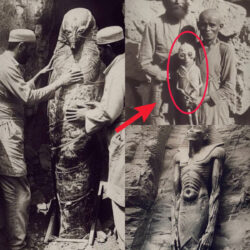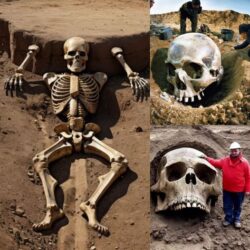
A historical location that belonged to the country of Commagene, a small, independent Armenian country that was established in 162 B.C., is Mount Nemrut (also known as Nemrut Dagi in Turkish). This was a time when the once-powerful Seleucid Empire was beginning to fall apart, allowing some regions of its empire to elude the Seleucids’ centralized rule. The fourth and possibly most well-known monarch of Commagene, Antiochus I Theos (the “God King”), constructed an ancient complex on Mount Nemrut, which is situated in the eastern Taurus mountain range in southern Turkey, close to the town of Adiyaman.
From 70 BC to 36 BC, King Antiochus I ruled Commagene. He was a very peculiar king. He claimed to be descended from both the Persian King Darius the Great and the Greek conqueror Alexander the Great on his father’s side, fusing the west and the east. But what stood out most about this king was his unwavering pride and inflated ego. Antiochus I established a royal cult in the Greek version of the religion Zoroastrianism with the obvious intention of being worshipped as a god after his passing. He claimed to have a special contact with the gods.
By connecting the Commagene year, which up until that point had been based on the movements of the Sun and Moon, to the Sothic-Anahit (Star of Sirius) and Hayk (Star of Orion) cycle used by the Egyptians as the basis for their calendar, King Antiochus I laid the foundation for a calendrical reform. This would imply that Antiochus was familiar with Hermeticism, if not fully initiated.
On Mount Nemrut (Nemrud Dagi), a 2,100-meter-high mountain, Antiochus ordered the construction of a magnificent holy shrine so that people may come and pray to him.at order to be on par with the gods, Antiochus wanted his shrine to be at a lofty and revered location that was visible to the entire kingdom and high enough for everyone to remember him. The tomb-sanctuary, which has a pyramid-shaped mound of stone chips with a circumference of 145 m and a height of 50 m, was constructed in 62 BC. The east and west terraces have two old processional paths that branch out of them. Even by themselves, the size of the building and the labor-intensive nature of its construction are noteworthy. Nevertheless, this monument differs from most other superstructures in that it reflects cultural absorption.

The hierothesion, or “common dwelling place of all the gods next to the heavenly thrones,” was what Antiochus himself termed Mount Nemrut. On the eastern and western slopes of the mound, one can observe this endeavor to assemble all the recognized gods on Mount Nemrut. Five enormous limestone statues are arranged in a row on Mount Nemrut’s eastern terrace. On the western terrace, a parallel row of statues may be seen. These seated sculptures are surrounded by two guardian animal statues: an eagle on one end and a lion on the other. They are facing away from the tumulus.
An inscription describes the peak as a holy burial ground where Antiochus, the “God King,” would be buried and join other gods in the celestial realm.





